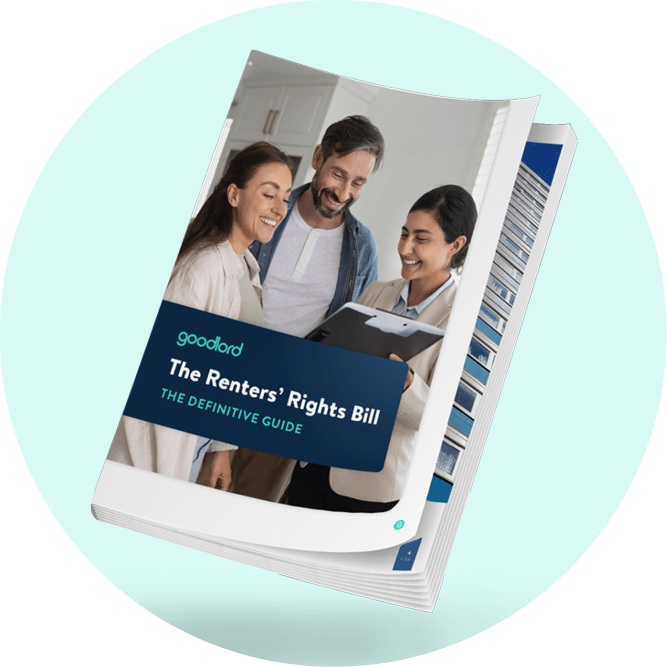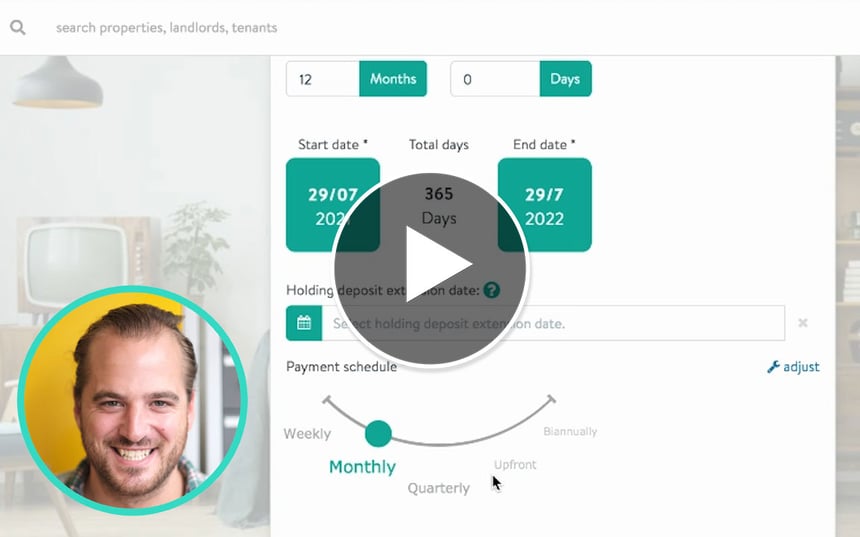An anti-money laundering update: Undesignated client accounts and a new levy
A new levy has now come into play, for agency businesses with a UK revenue over £10.2 million, and undesignated client accounts are causing banking confusion.
Since 10 January 2020, letting agents dealing with monthly rents of €10,000 or more have had to follow anti-money laundering (AML) regulations and register with HMRC for AML supervision. Now, a new levy has come into play, and undesignated client accounts continue to cause confusion for banks.
This article is an extract from our ebook, Your guide to lettings and the law: 1st edition 2023. You can download the full guide for an update on lettings legislation in 2023.
This AML update covers:
- The current AML rules for letting agents
- A new Economic Crime levy
- The growing fines for non-compliance
- Banks and customer due diligence rules
The current AML rules for letting agents
Agents dealing with high-value rents of €10,000 or more need to complete and maintain a written risk assessment and review policies on how they manage the risk of money laundering and terrorist financing.
“Know your customer” or KYC checks are another key part of the AML guidance, ensuring that agents complete customer due diligence on all their clients.
A Money Laundering Reporting Officer (MLRO) and a Deputy MLRO need to be appointed, if applicable, to help keep agencies compliant with the rules.
For a more in depth overview, see our guide.
A new Economic Crime levy
Larger letting agents will also need to be aware of a new levy - the Economic Crime (Anti-Money Laundering) Levy - aiming to help fund anti-money laundering and economic crime reforms.
Payments of the levy have been due since 1 April 2023 for the period running from 1 April 2022 to 31 March 2023, for estate and letting agents that are AML regulated.
Failure to make the payment on time may mean agents pay a £250 admin fee. However, small businesses - those with a UK revenue under £10.2 million - are exempt.
Fines growing for non-compliance
Three years after its implementation, this legislation is still catching out estate and letting agents across the UK.
Recent data shows that estate agents make up the largest number of fines for non-compliance with anti-money laundering (AML) HMRC rules since AML supervision was introduced.
However, the average individual fine in the estate agency sector is £3,711, the fourth highest out of the list of sectors assessed for AML compliance. This suggests that the individual fines are less severe than in other industries.
Tim Barnett, CEO of the company that analysed the data, Credas Technologies, says that this is related to the nature of estate agents’ jobs.
“The majority of these fines are due to oversights rather than intended money laundering practices, with estate agents tackling a large number of transactions day in, day out.”
Banks and Customer Due Diligence rules
In the past year, letting agents have also been faced with banks misinterpreting AML rules for undesignated client accounts. This is a type of account that many letting agents use to keep their landlords’ money securely.
Customer Due Diligence is a requirement for letting agents that meet the €10,000 AML threshold.
However, reports suggest that some banks are asking all letting agents to comply with these rules, whether they deal with those high-value transactions or not. This is resulting in some bank accounts being closed or restricted.
Letting agents are legally required to comply with Client Money Protection (CMP) rules, and Propertymark has encouraged banks to take this into account.
“The legal requirement for CMP and our own regulatory rules as a professional body should be enough to satisfy any risk,” says David Oliver, compliance manager for Propertymark.
Propertymark has suggested that the government simply lowers the €10,000 threshold to zero, to automatically encompass all lettings activity and all tenancies in the PRS, making it easier for agents to work with banks.
This article is intended as a guide only and does not constitute legal advice. For more information, visit gov.uk.










